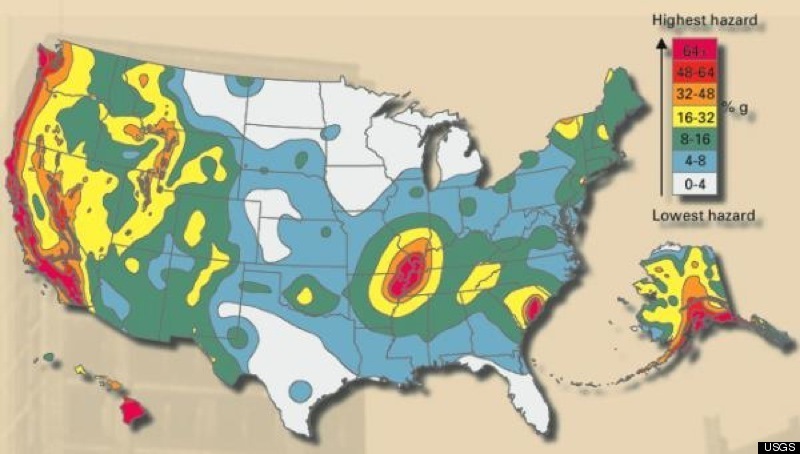Usgs Fault Map – Overall, the USGS explains, “the New Madrid seismic zone generated magnitude 7 to 8 earthquakes about every 500 years during the past 1,200 years.” And yes: it’ll probably happen again; it’ll probably . Earthquakes on the Puente Hills thrust fault could be particularly dangerous because the shaking would occur directly beneath LA’s surface infrastructure. .
Usgs Fault Map
Source : www.usgs.gov
USGS Open File Report 95 597: Geologic Map of the Hayward fault
Source : pubs.usgs.gov
Earthquake Hazards Maps | U.S. Geological Survey
Source : www.usgs.gov
Quaternary Fault and Fold Database for the Nation
Source : pubs.usgs.gov
Map of known active geologic faults in the San Francisco Bay
Source : www.usgs.gov
usgs japan fault map earthquake map Temblor.net
Source : temblor.net
Earthquake Hazards Maps | U.S. Geological Survey
Source : www.usgs.gov
The San Andreas Fault III. Where Is It?
Source : pubs.usgs.gov
2018 Long term National Seismic Hazard Map | U.S. Geological Survey
Source : www.usgs.gov
U.S. Fault Lines GRAPHIC: Earthquake Hazard MAP | HuffPost Latest News
Source : www.huffpost.com
Usgs Fault Map Faults | U.S. Geological Survey: Southern California has been shaken by two recent earthquakes. The way they were experienced in Los Angeles has a lot to do with the sediment-filled basin the city sits upon. . A light, 4.4-magnitude earthquake struck in Southern California on Monday, according to the United States Geological Survey. The temblor happened at 12:20 p.m. Pacific time about 2 miles southeast of .









